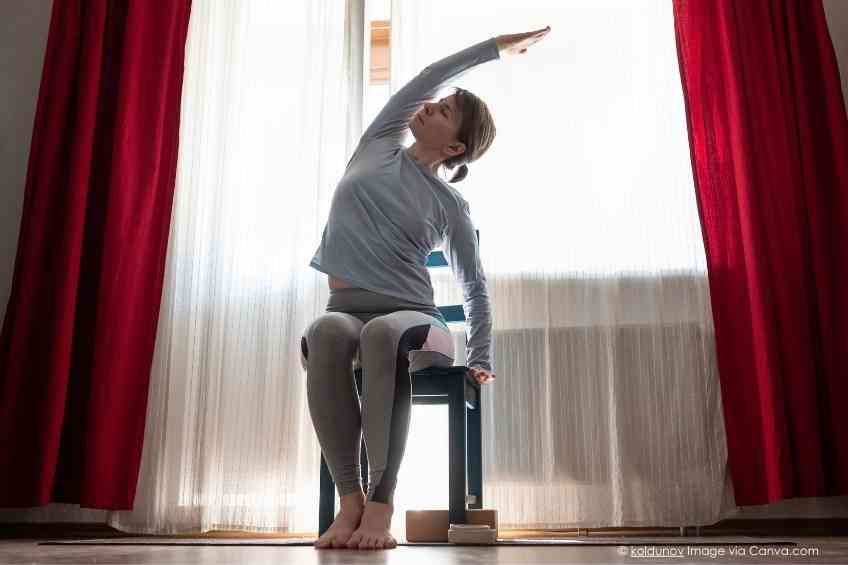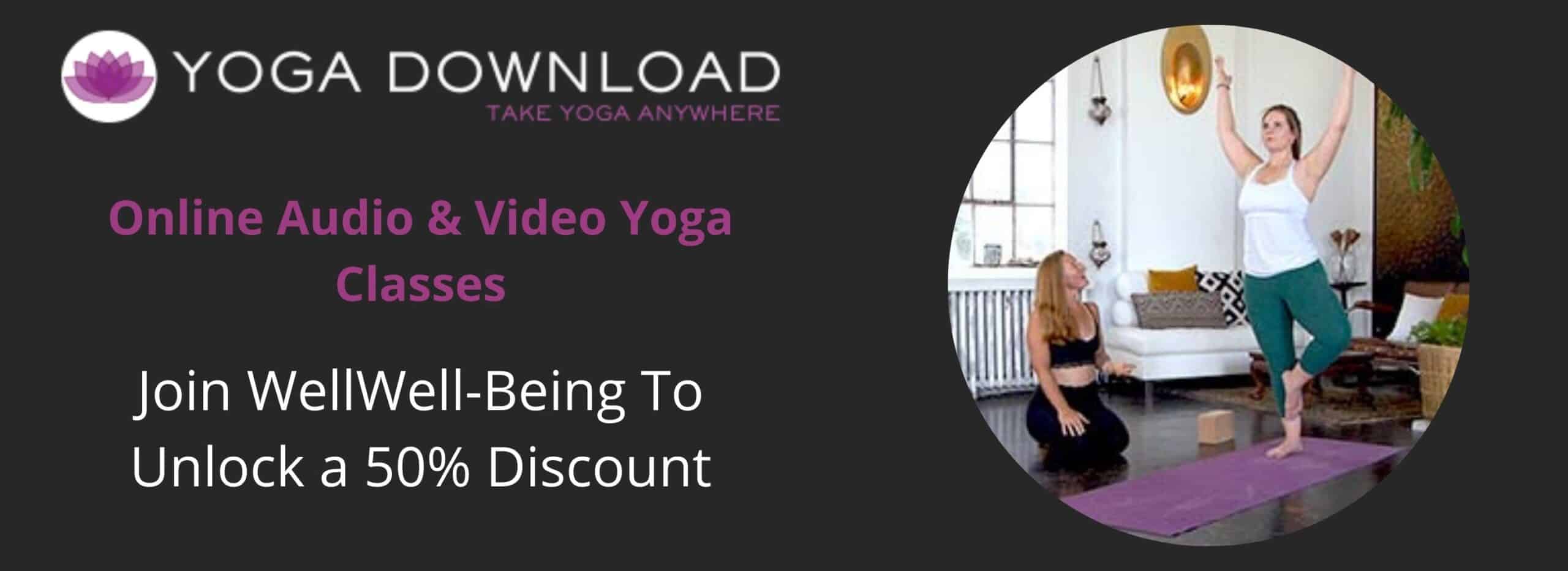By Jessica Scarpati –
Who says staying fit and flexible in your golden years needs to be a stretch? Chair yoga gets a senior standing ovation as a gentler alternative to conventional yoga that can be practiced using a chair for stability. This makes it ideal for anyone with balance issues or who has difficulty getting up and down from the floor—two common concerns that often accompany aging.
“As we age, we experience numerous negative physiological issues including sarcopenia, the gradual loss of muscle mass, which can significantly decrease our functional strength and our quality of life,” exercise physiologist and strength coach Tom Holland told Care.com. “Our balance and flexibility also diminish with age, which can result in falls, broken bones and more.”
Fearing such outcomes, many older adults avoid physical activity at the precise time in their lives they need it most, notes U.K.-based musculoskeletal physiotherapist Rachel Thom in the British Heart Foundation’s Heart Matters magazine. “People worry they’re going to overexert themselves, or that because they have joint aches, they might get injured. But generally, we could all be moving more,” she said.
Chair yoga uses many of the same postures and poses as regular yoga ― including forward and side bends, eagle pose and tree pose—and reportedly yields all the same benefits as the freestanding practice. The key difference is that participants perform the poses while seated or holding onto a chair for stability.
Consider the warrior poses, for example. In conventional yoga, this sequence of five poses has participants move into a standing lunge while elongating their torso and stretching their arms in different ways. It demands lower-body strength and balance. But when adapted for chair yoga, participants perform these same moves while standing over or holding onto a chair. In essence, the seat serves as a safety net.
“The population of older adults is incredibly diverse. Some of us are relatively sedentary and some of us are ultrarunners. Because of this, it can be almost impossible to recommend a single yoga practice that addresses the demands of everyone,” certified yoga instructor Jivana Heyman explained in Yoga Journal. “But there is one practice that’s a safe starting point for anyone, whether you’re new to yoga or want to try something different than lowering yourself to a mat. And that’s practicing yoga in a chair for strengthening and stretching.”
Staying limber later in life has plenty of advantages beyond making it easier to get out of bed in the morning. Studies, in fact, have shown that chair yoga can reduce pain for people with osteoarthritis, the most common form of arthritis.
In a 2017 randomized, controlled study of older adults with osteoarthritis, Florida Atlantic University (FAU) researchers found that those who participated in an eight-week chair yoga reported feeling less pain with everyday activities, reduced fatigue and a quicker gait. Even better, when researchers checked back in with them three months after the chair yoga program concluded, participants said they were still reaping the benefits.
“Currently, the only treatment for osteoarthritis, which has no cure, includes lifestyle changes and pharmacologic treatments that are not without adverse events,” reported study co-author Ruth McCaffrey, emeritus professor in FAU’s College of Nursing. “The long-term goal of this research is to address the non-pharmacologic management of lower extremity osteoarthritis pain and physical function in older adults, and our study provides evidence that chair yoga may be an effective approach for achieving this goal.”
A follow-up 2019 study from FAU also found that chair yoga could be an important resource to help people with dementia remain physically active. Between cognition impairment and mobility issues, participating in exercise programs is even more challenging for older adults with conditions like Alzheimer’s disease. But when researchers assigned people with dementia to one of three different programs—chair yoga, chair-based exercise and music intervention―they found that the chair yoga group showed significant improvement in quality of life, including reduced psychological symptoms and improved sleep.
“We think that the physical poses we used in the chair yoga and chair-based exercise groups were an important factor in improving the quality of life for the participants in our study,” said lead author Juyoung Park, PhD, an associate professor in FAU’s Phyllis and Harvey Sandler School of Social Work. “It is fascinating that, although some participants showed mild levels of agitation or wandering in the intervention room prior to the yoga session, they became calm and attentive when the yoga interventionist started demonstrating yoga poses. Although they did not understand the interventionist’s verbal instructions due to their cognitive impairment associated with advanced dementia, they followed the instructor’s poses.”
It is, of course, prudent to check with a physician before starting any new exercise regimen. Chair yoga risks, however, are minimal. So, it might be worth pulling up a seat and striking a pose. A better mind and body could be at hand.













